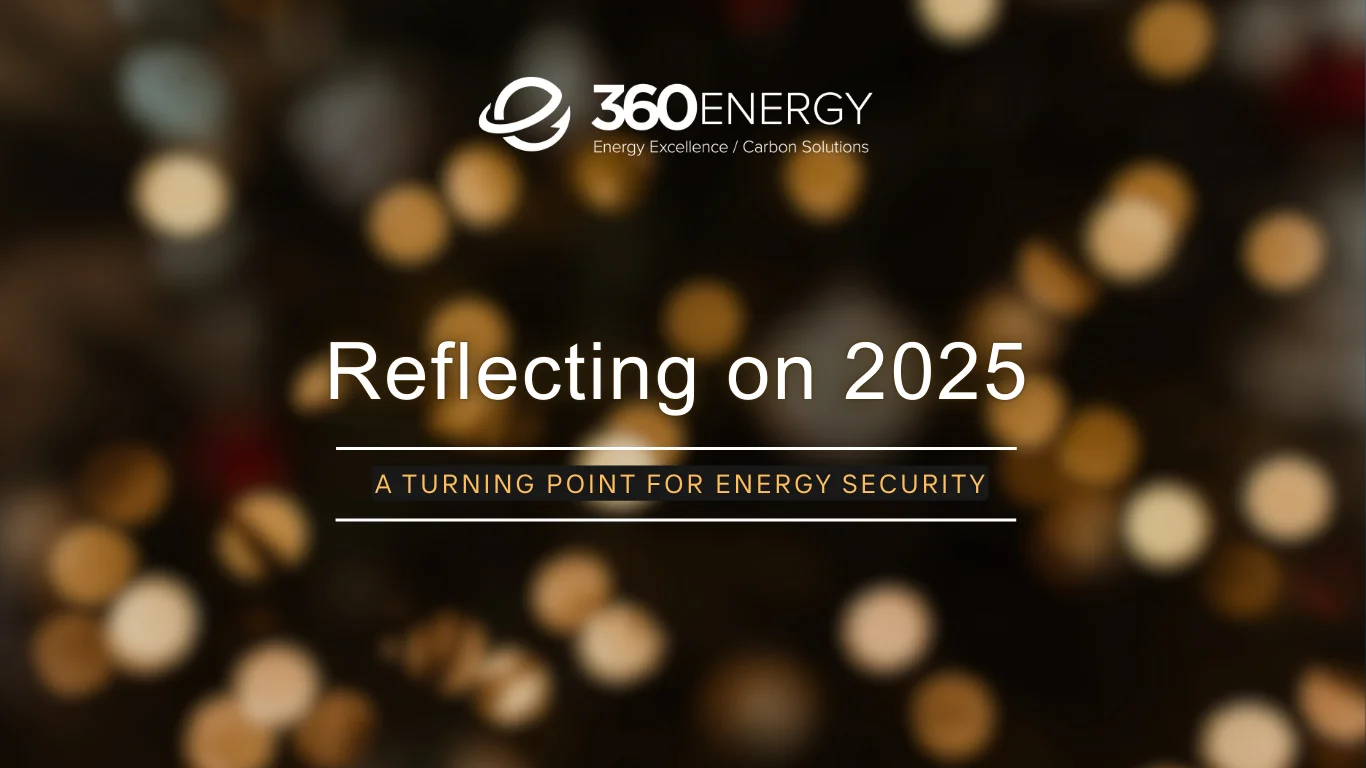

Energy Industry


When energy prices spike, so do the sales calls. Offers arrive with “urgent” subject lines, confident claims of savings, and just enough selective data to make a deal look like the safest move you could make. For some businesses, these contracts turn out fine. For others, they become years of overpayment locked in by a hasty signature. The difference lies in whether procurement is a deliberate process or a reaction to fear.
There is no single “right” way to buy energy; the best approach depends on your priorities and tolerance for risk. Smaller users, such as households, often remain with a regulated utility for stability and simplicity. Some organizations work with commodity brokers to secure fixed future pricing. Others engage independent advisors who review every component of energy costs to identify opportunities and hidden charges. The key is to align your choice with company objectives, understand the trade-offs, and recognize when a sales pitch drifts away from the facts.
A common tactic in energy sales is to highlight only one part of the bill, creating the impression of a better deal than actually exists. In electricity, the commodity price is only one element, alongside transmission charges, distribution charges, the Global Adjustment, and regulatory fees. In natural gas, the commodity price is paired with transportation charges, distribution charges, and carbon costs. A rate that looks high or low in isolation can be entirely reasonable, or a poor deal, once the other components are considered.
In some cases, salespeople base their pitch on short bursts of extreme market prices, such as one hot week’s spike in electricity costs. Comparing a five-year fixed price to that outlier makes the contract look protective, but the annual average might already be much lower. A decision built on a heatwave snapshot is more about psychology than economics.
Companies vary in how much time, expertise, and direct involvement they want in managing energy. Sharon, who runs a garden centre, stays with regulated utility rates after a bad experience with a door-to-door contract. Utility pricing changes quarterly, and utilities are focused on reliable delivery, not on securing the best commodity price for each customer.
Fred, who manages a large refrigeration plant, uses a broker to lock in fixed pricing for a set period. The broker’s fee is built into the commodity price, giving Fred price certainty but less transparency on true costs.
Simon, who operates a greenhouse on thin margins, works with an independent energy advisor. Acting as his energy agent, the advisor tracks usage, market fundamentals, and regulatory requirements, then develops a strategy aligned with Simon’s operations. This includes training his team, running competitive supplier tenders, negotiating better distribution rates, and providing continuous market insight. Simon pays the advisor directly, with results reviewed monthly and quarterly. Typical returns are three to ten times the fee, measured and reported back to the client.
None of these approaches is inherently wrong. The right choice depends on internal capacity, risk tolerance, and how much control a business wants over energy costs. A hands-off operation may be safer with regulated rates, while a competitive business that needs to drive down costs can gain more from comprehensive advisory services that combine market expertise with supplier management and ongoing support.
Before you shop for energy, decide what you’re optimizing for. Is price stability the priority, even if it means paying a small premium? Or is the goal to minimize cost over time by taking some exposure to the market? Define acceptable price ranges, contract lengths, and non-price terms like volume flexibility and pass-through clauses. Without those guardrails, it’s easy to be swayed by a rate that looks appealing but doesn’t fit operational needs.
A proper procurement process involves examining your energy usage and determining what can be done to reduce all three components that impact your monthly energy costs: commodity charges, transmission or transportation charges (depending on the utility), and distribution charges.
Some signs that an offer should be approached with caution include:
The surest protection is transparency and knowing every component, including energy usage and total price, and every condition attached to it, before making a decision.
Good procurement doesn’t stop at signing the contract. Monitoring invoices for errors, tracking market shifts, and revisiting your strategy ahead of renewal are what keep today’s good deal from becoming tomorrow’s expensive burden. This is where platforms like Envirally and services like 360 Energy’s advisory work together: the software flags anomalies and keeps every cost visible, while the advisory team interprets the data, runs competitive events, and negotiates terms that align with your strategy.
The bottom line: the energy market will always have volatility, and sales teams will always know how to use it to their advantage. Your advantage comes from understanding the full picture, matching your sourcing model to your capacity, and making every decision within a clear, disciplined process. If the offer in front of you looks too good to ignore, take the time to verify it. That pause may save you years of regret and thousands of dollars.
Status:
OG Link:
Notes: